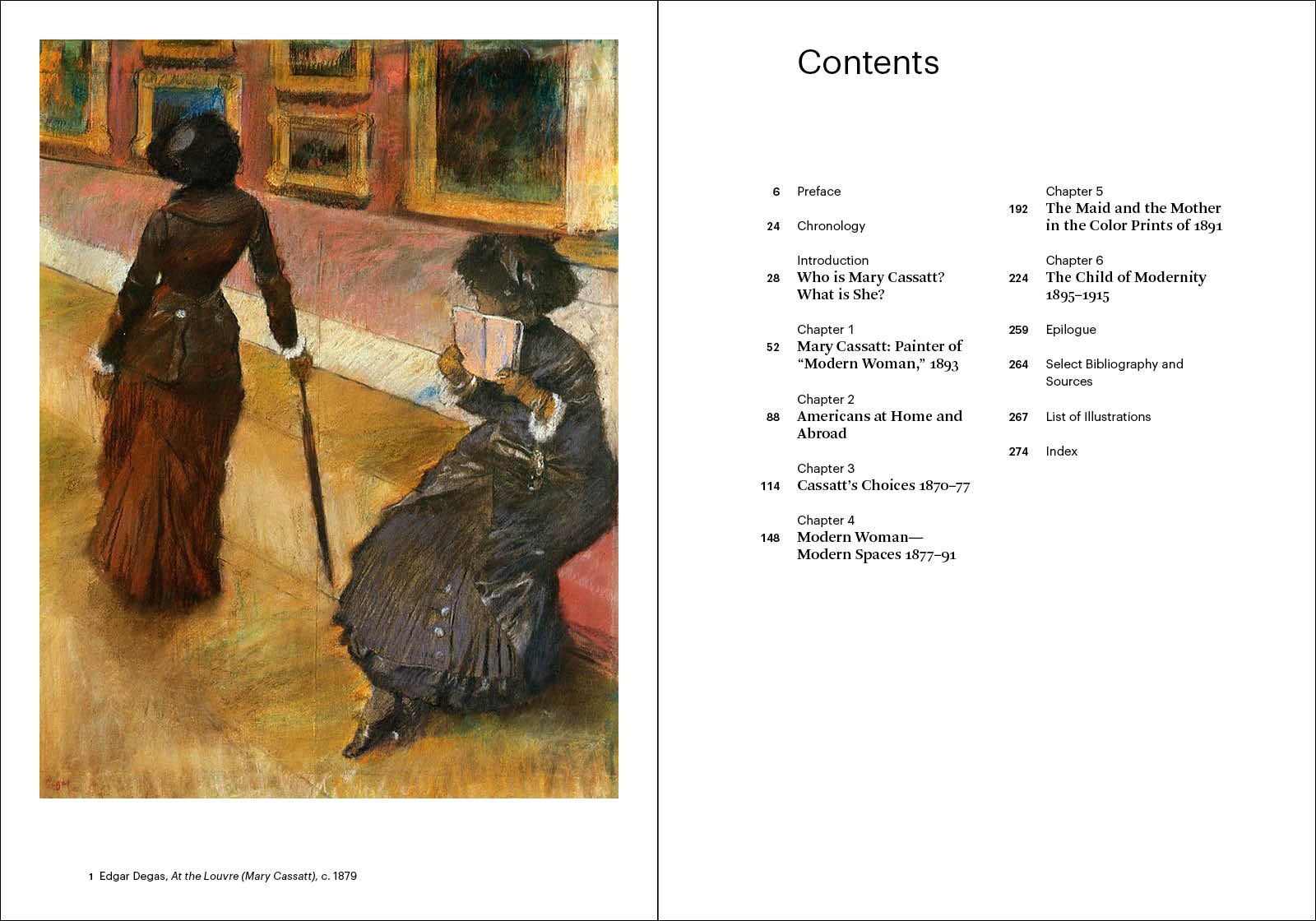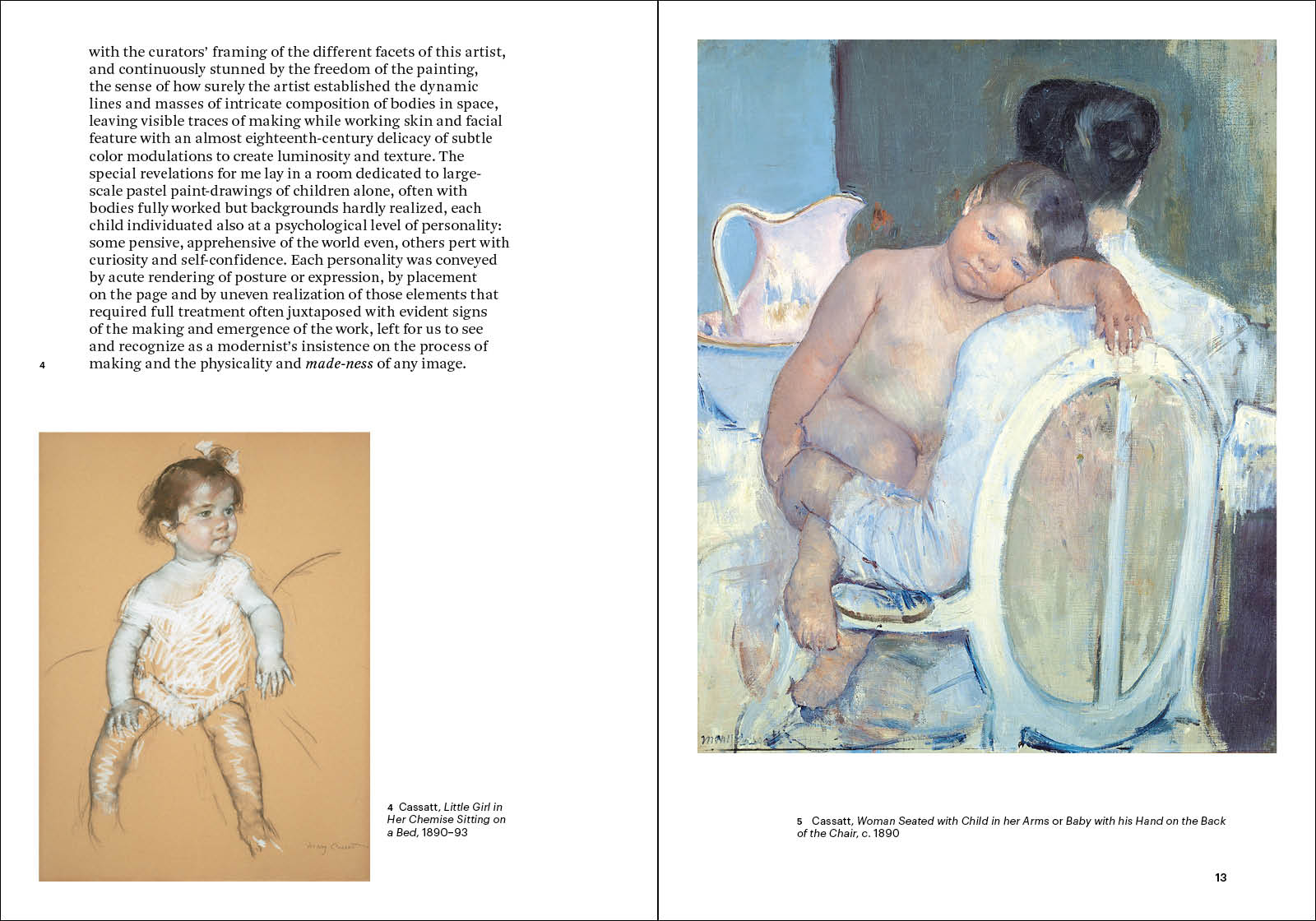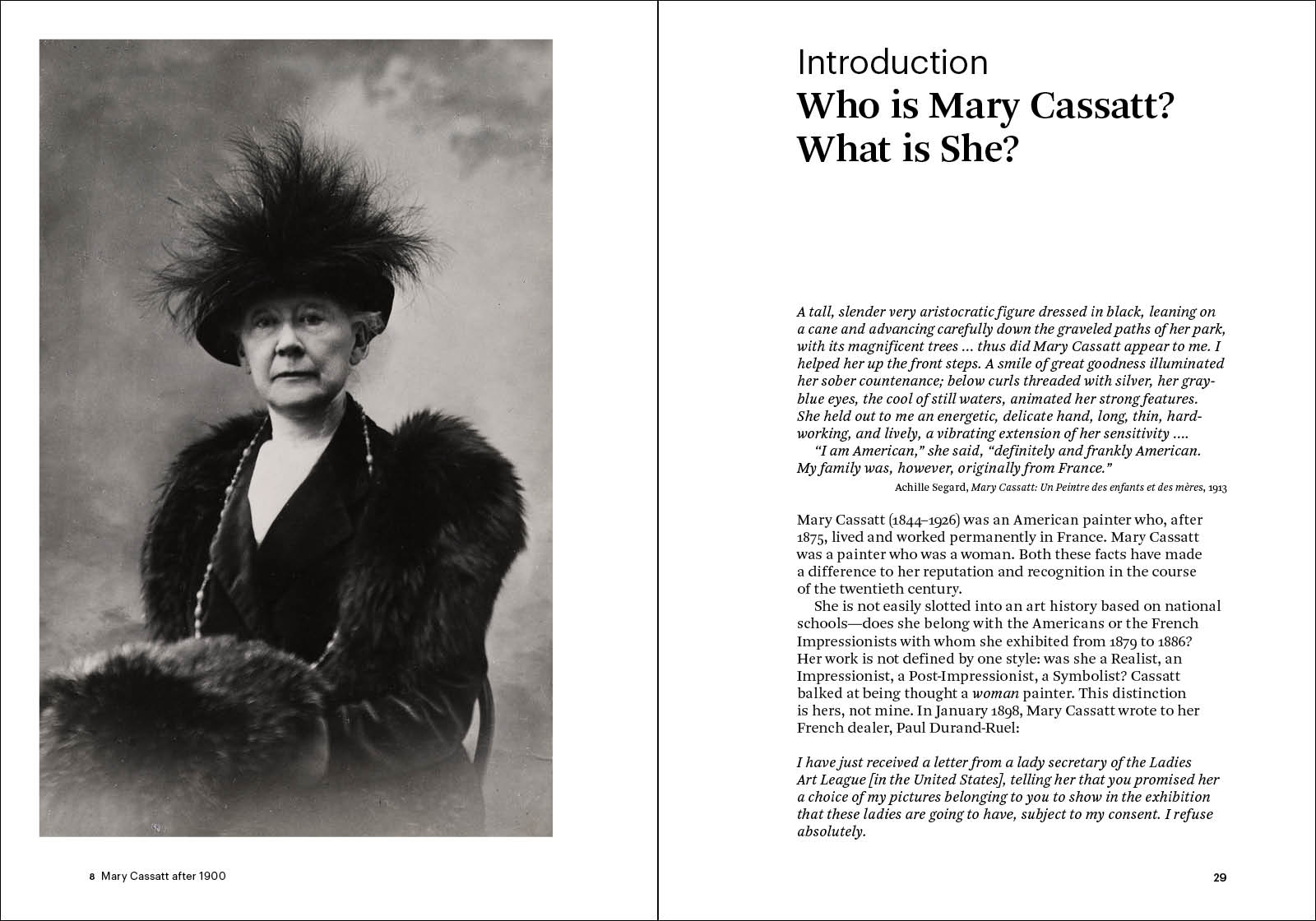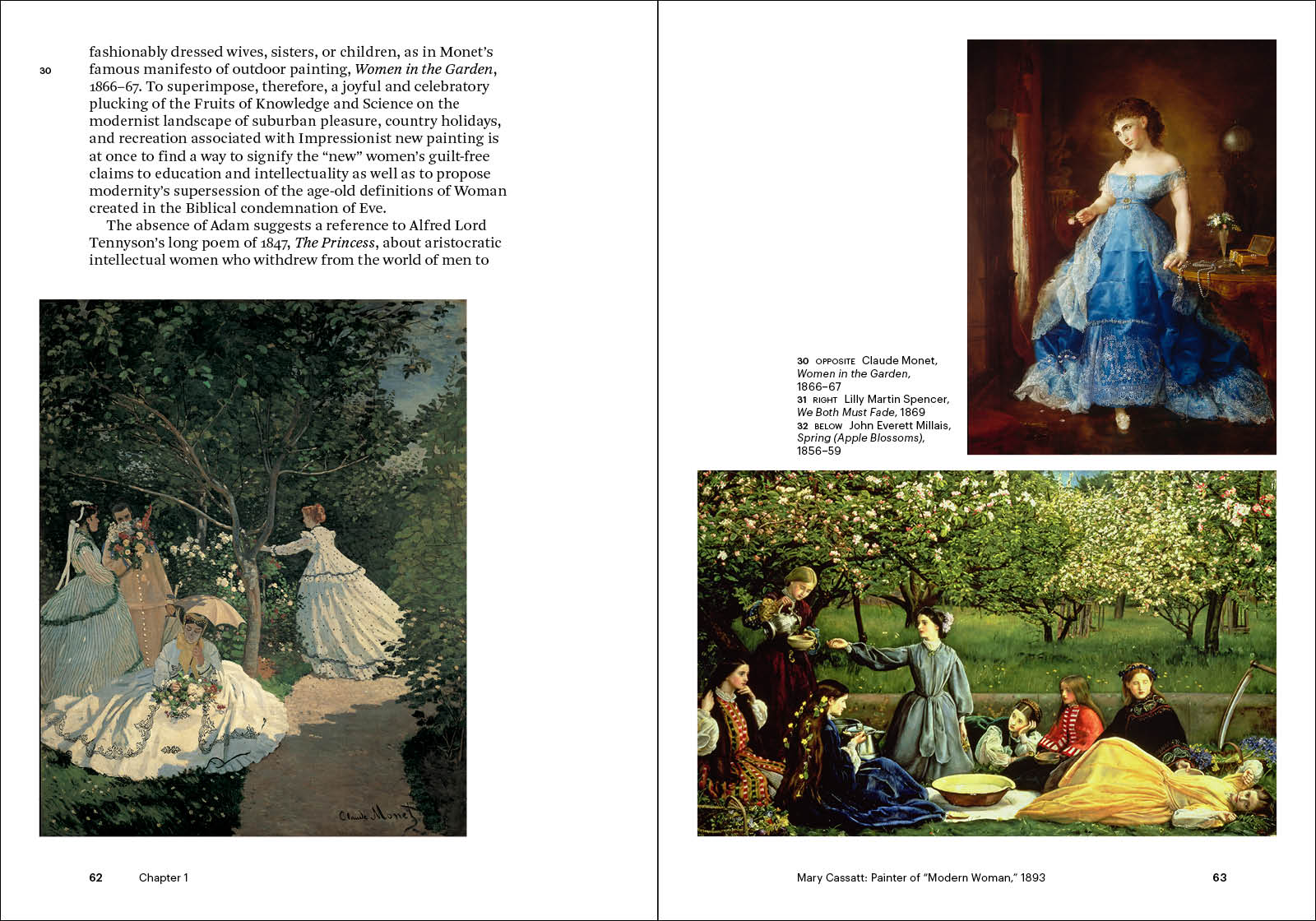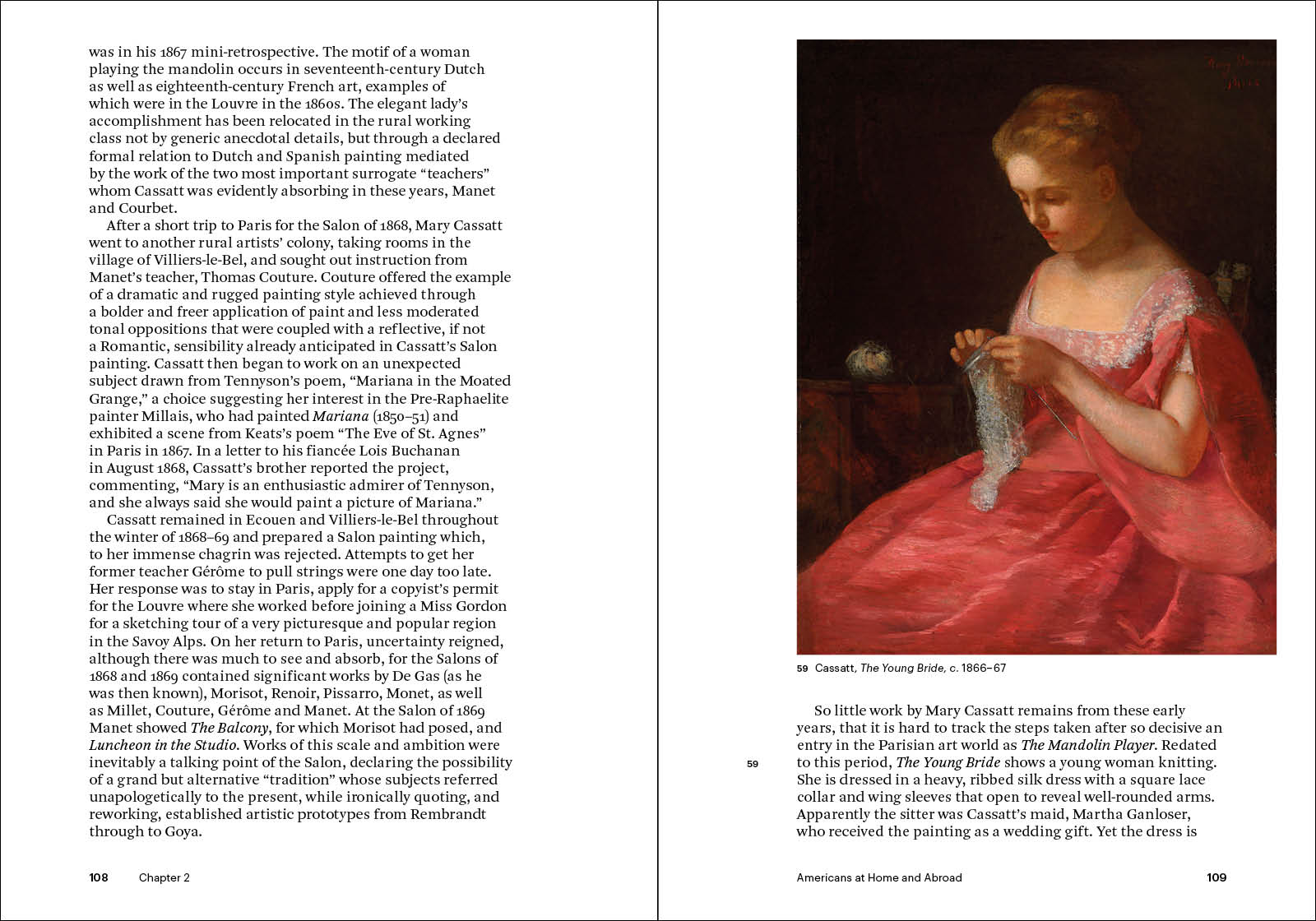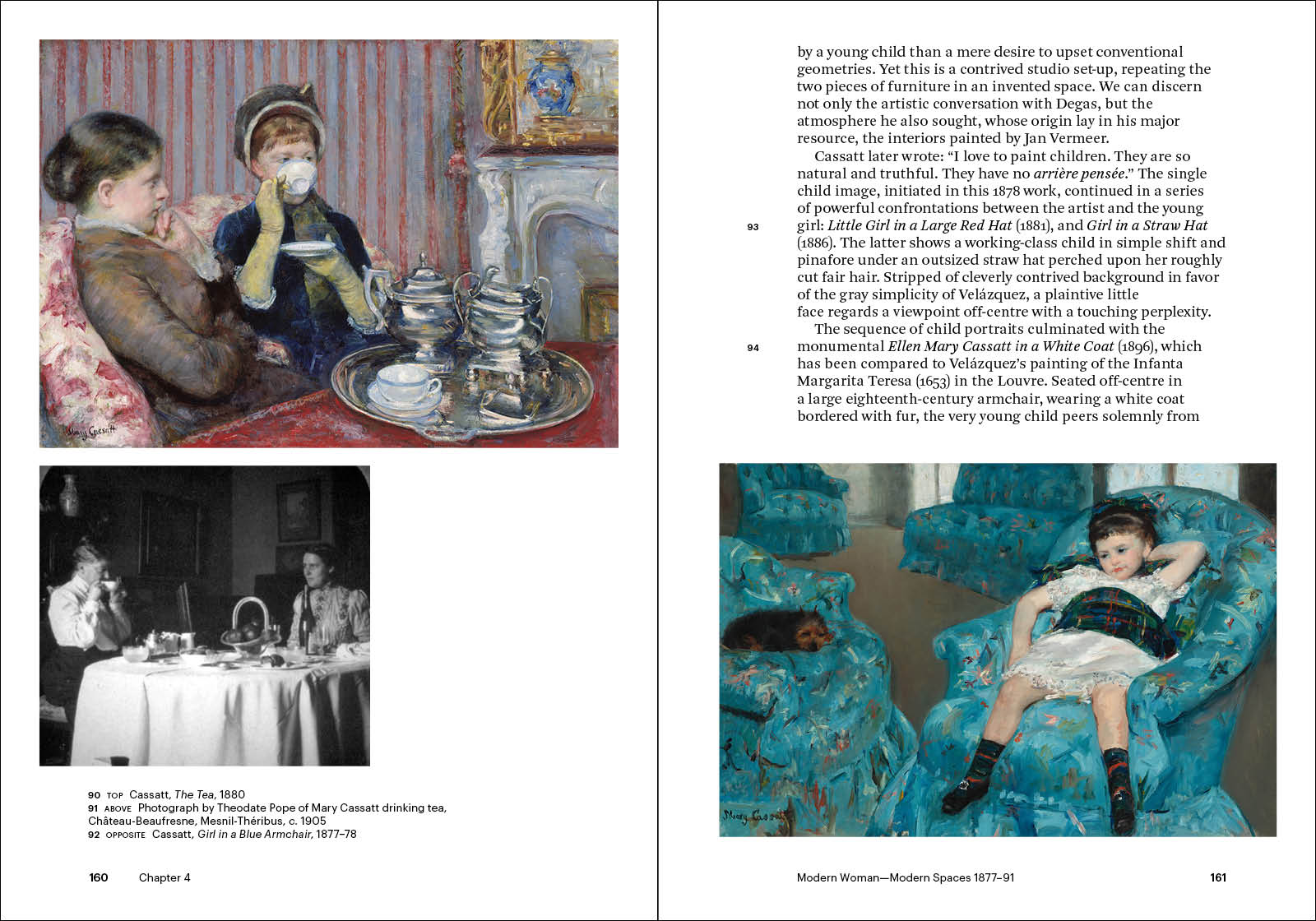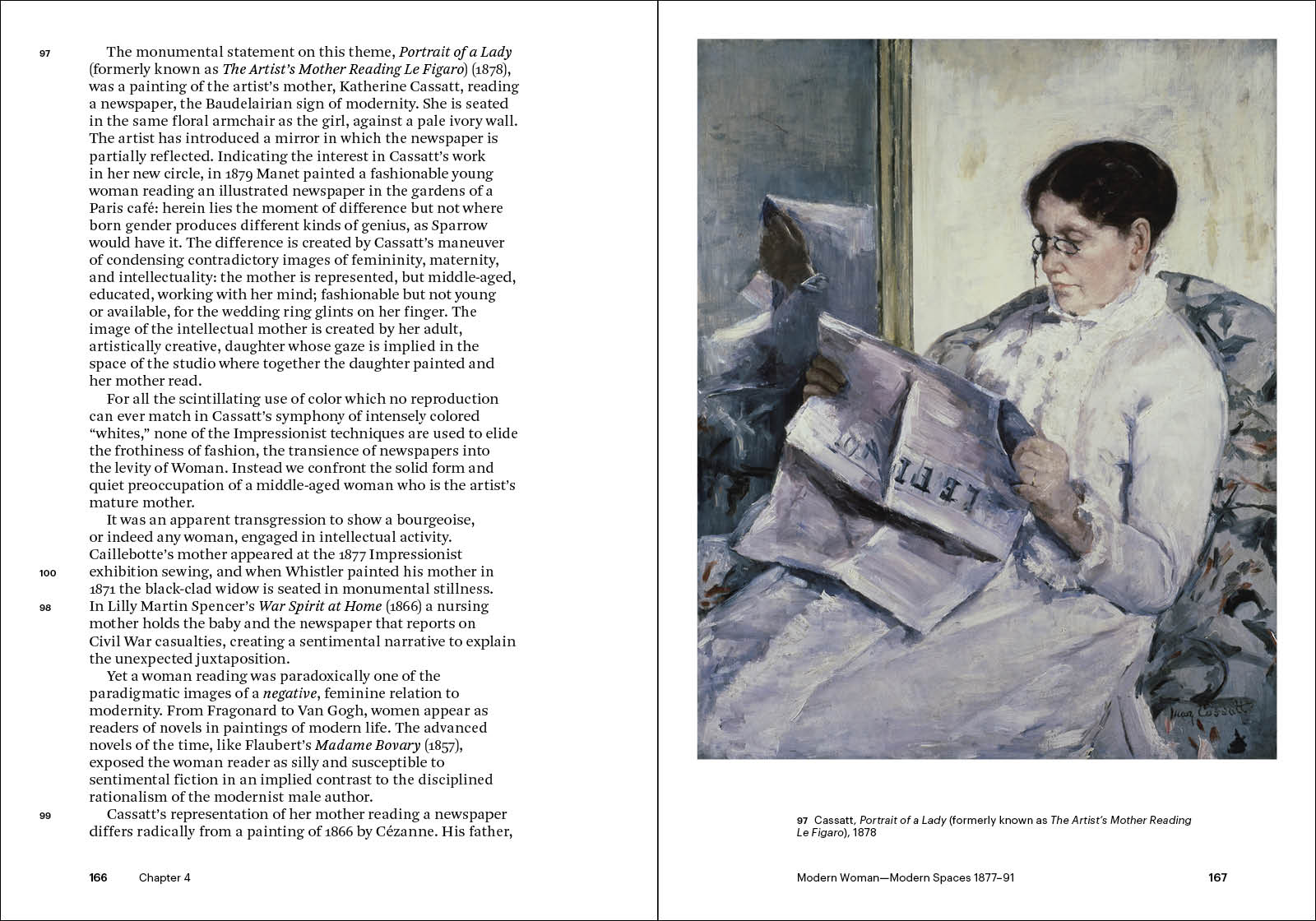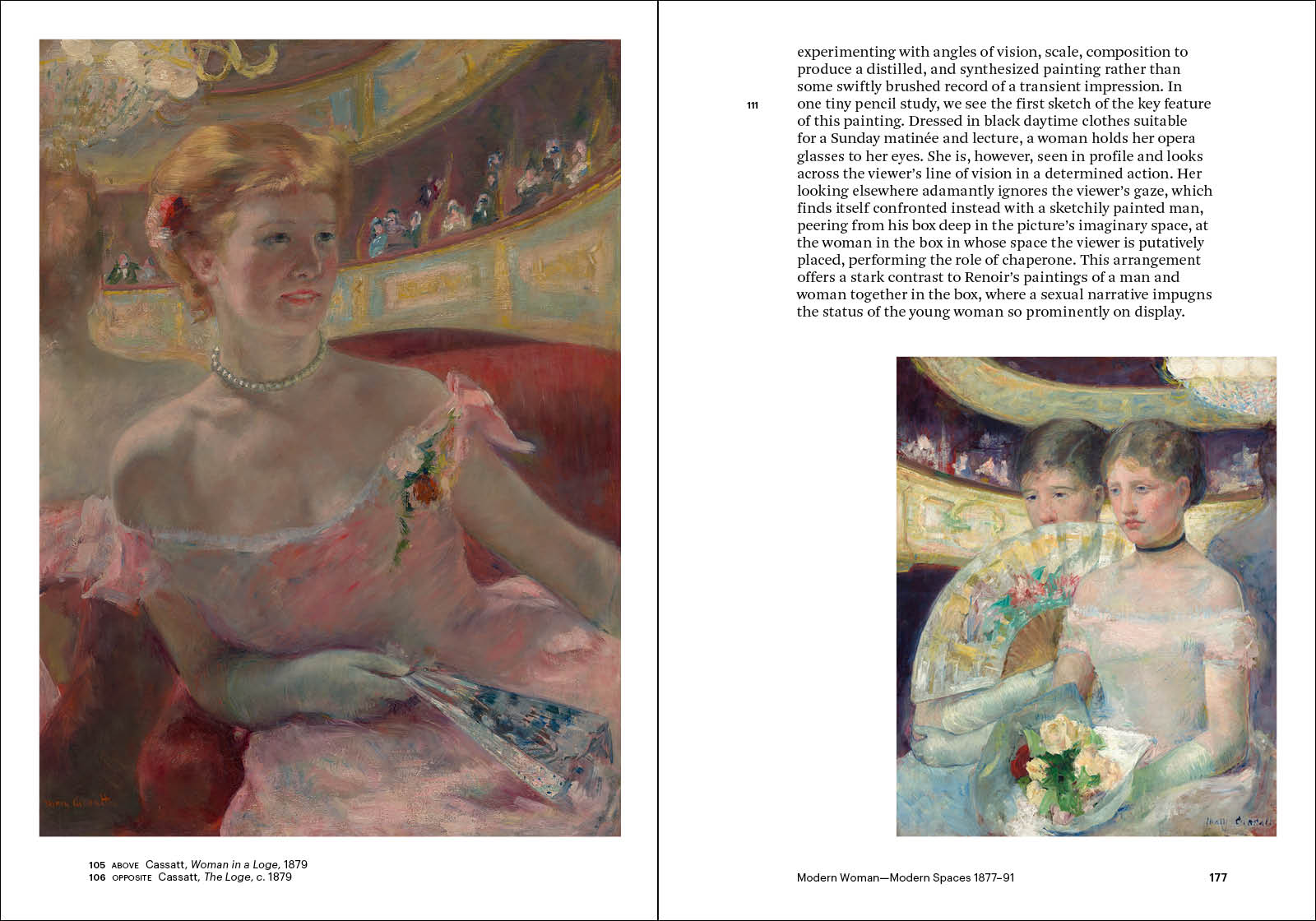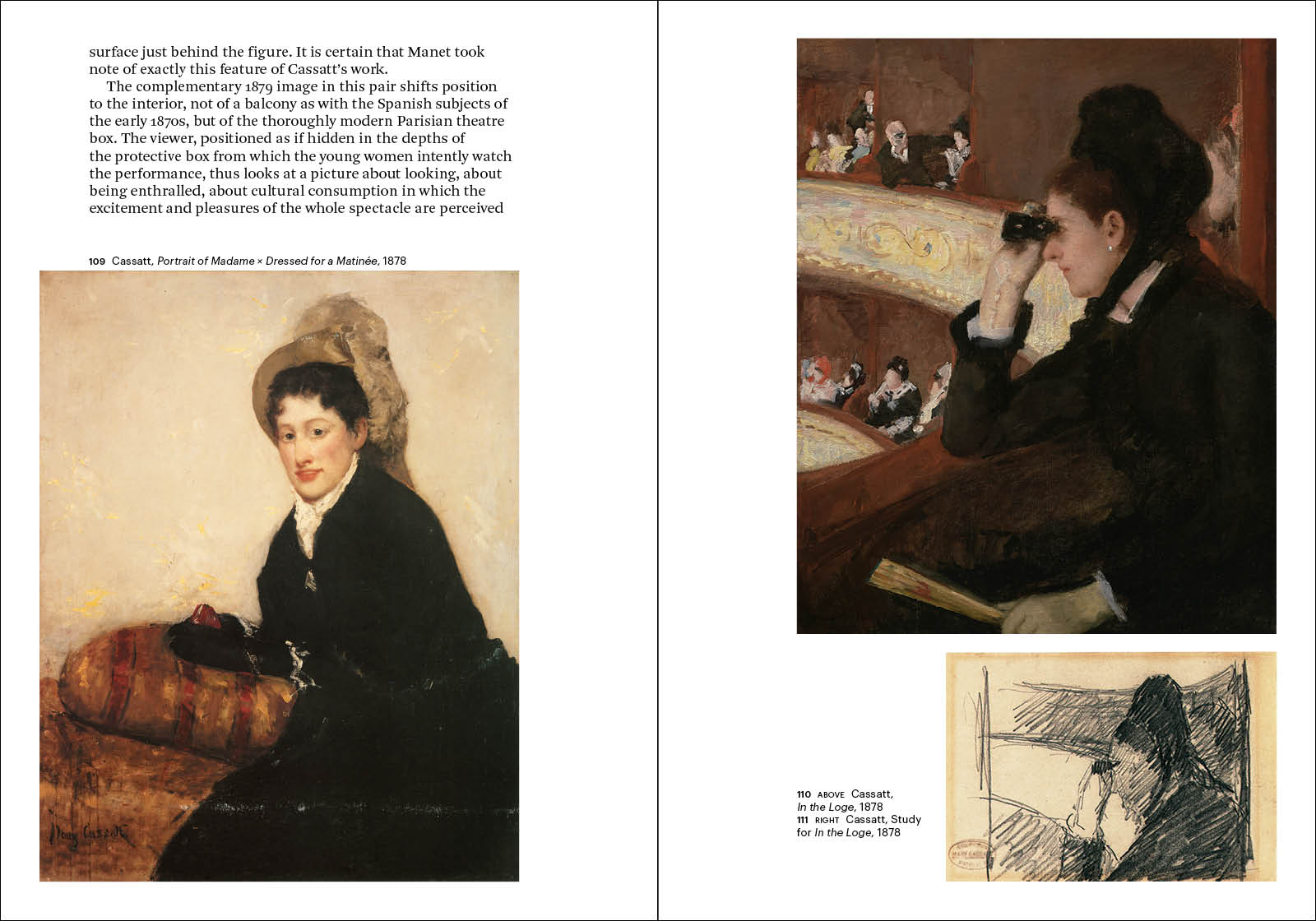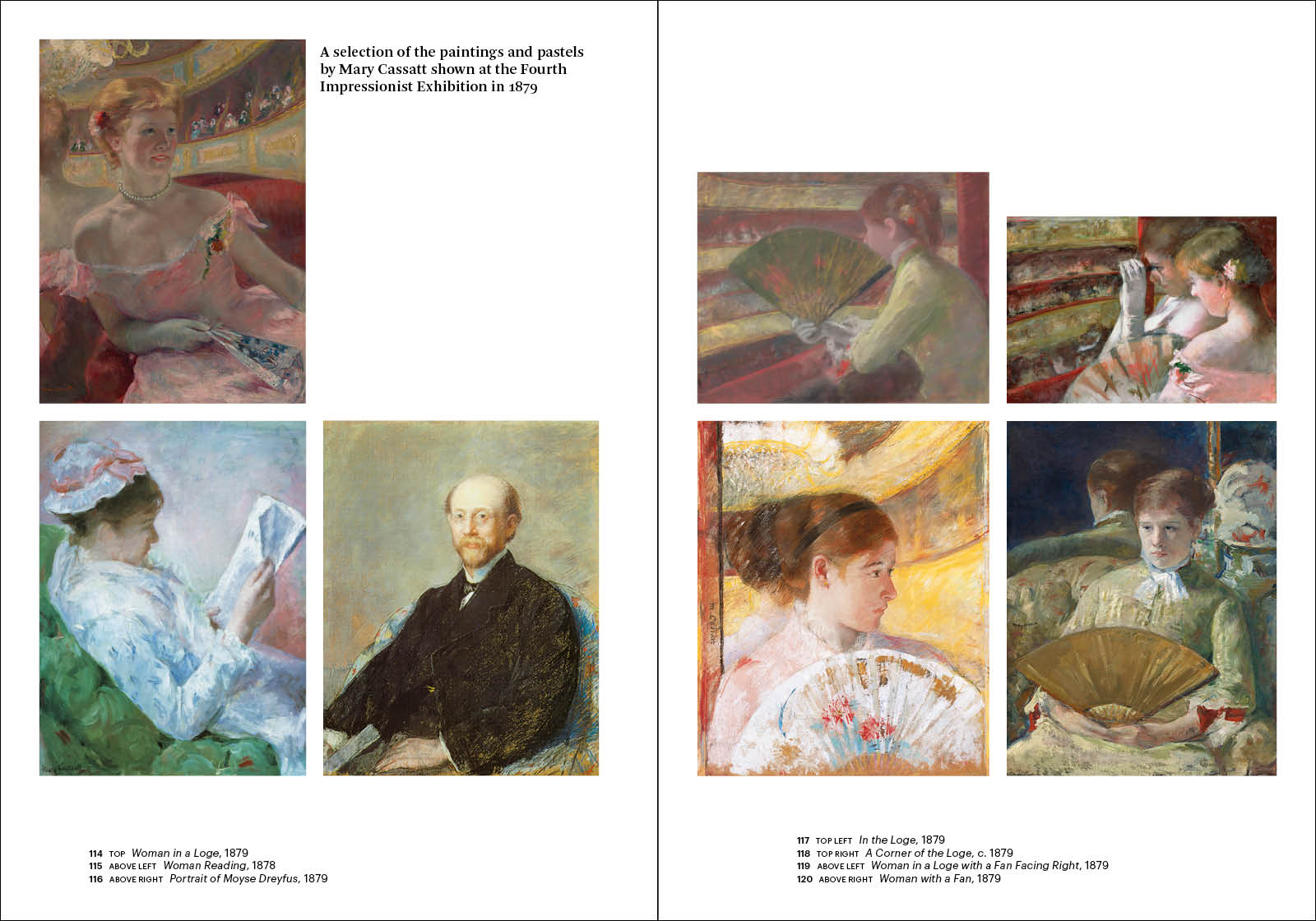This groundbreaking study redefines the status of the beloved American artist Mary Cassatt, placing her work in the wider context of nineteenth- century feminism and art theory. Mary Cassatt looks at the artist’s work in light of her time as an advocate for women’s intellectual life and political emancipation. Esteemed by her contemporaries for her commitment to what she and her radical colleagues in Paris termed “the new art”—now called impressionism—Cassatt brought her discerning gaze and compositional inventiveness to the study of the subtle, often psychological, social interactions of women in public and private spaces.
Focusing on key moments of engagement and change over the artist’s long career, art historian Griselda Pollock discusses Cassatt’s artistic training across Europe, her profound study of the old masters, and places fresh emphasis on the artist’s interest in Manet and other contemporary French and Spanish painters as well as her influence on American collections of French modernism. Now revised with a new preface, updates to the bibliography, and color illustrations throughout, this book offers a reevaluation of the work of this important artist as seen through the frames of class, gender, space, and difference.
Contributors
Griselda Pollock
Author
Griselda Pollock is a professor of social and critical histories of art, director of the Centre for Cultural Analysis, Theory and History (CentreCATH) at the University of Leeds, and internationally recognized as a leading feminist art historian and cultural theorist. Recipient of the 2020 Holberg Prize for her contributions to feminist art history and cultural studies, her many books include Old Mistresses: Women, Art and Ideology (coauthored with Roszika Parker), Vision and Difference: Femininity, Feminism and Histories of Art, and Differencing the Canon: Feminism and the Writing of Art's Histories.


